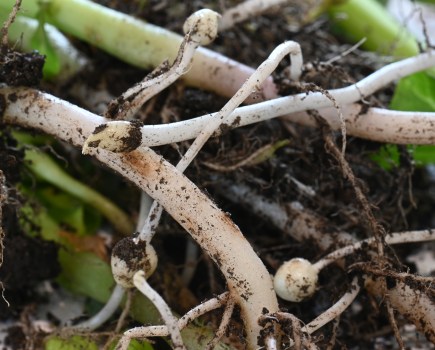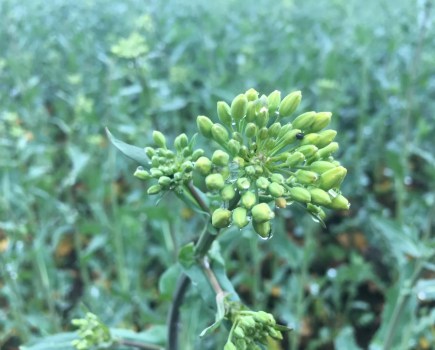Where drilling of winter wheat has been delayed, the crop nutrition strategy should be adapted to help recover the lost yield potential, according to the latest advice from Yara. Charlotte Cunningham reports.
For many, this autumn has been one of the worst on record with the persistent rain delaying drilling right across the country.
In order to compensate against the effects of this, it’s essential that growers rethink their crop nutrition strategy, according to Yara’s Mark Tucker.
“With delayed drilling of wheat crops come two issues. Firstly, the soil state as a growth medium is much poorer. Soil temperature drops by approximately two degrees per month and saturated soils clearly have less air spaces, reducing growth rates and nutrient availability.
“Secondly over four weeks of the growth period has been lost. The latter is crucial as the fundamental for yield attainment is crop biomass (50% of this will go into yield).”
Crop biomass development is crucial for yield
One of the key components to achieving high biomass crops in May, June and July is the management of the early foundation stage of crop development, adds Mark. “A Yara crop nutrition strategy can be used as a remedy, helping to recover some of the lost yield potential.
“Such a strategy requires a combination of actions to increase early spring growth rates, involving fertiliser and foliar applied nutrients.
“When the soils start to warm up, and reach 5°c crops will begin to grow again, however the nutrients (N,P,K,S) will be at their lowest availability, especially in the rooting zone.”
According to Mark, the first spring management action is to apply an appropriate fertiliser (late February) to meet this nutrient demand. “The phosphate source is particularly important and needs to be one that is not immediately ‘locked up’ (TSP, MAP, DAP based fertilisers), as well as giving season long, continuous supply (YaraMila with P-Extend).”
Coincident with this application Mark recommends a foliar phosphate e.g. YaraVita Magphos K (NOT phosphite) should be applied to the growing crop to give it a ‘boost’ of energy, accelerating the early spring growth.
Higher nitrogen rates help recover lost biomass
When it comes to the second spring management action, the advice is that it should be to apply a higher nitrogen rate at this first timing. “Higher nitrogen rates give faster leaf and tiller development to recover the biomass lost. None of these actions need to add extra applications as a uniform NPKS compound can be selected, and the foliar application can made in a tank mix with other crop protection applications.”




